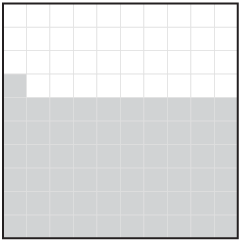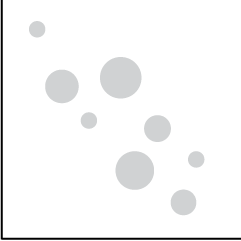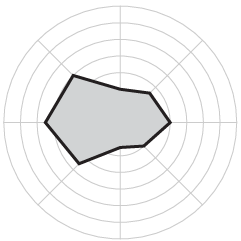Data graphics that aren’t interactive are better in print, no doubt about it.
I realized this a few years ago while interning for a popular graphics department. It was one thing to see my graphics online, but it was always so much cooler to see them in the paper.
Online stuff is great, but it’s fleeting. You glance, scan, and browse when you’re online. You look, examine, and read when it’s in print.
Plus, paper provides more space. Data needs room to breathe.
Enter FlowingPrints.
Data + Design Posters

Simply put, FlowingPrints is a project to get data in print. It’s like FlowingData’s better looking cousin.
I mentioned the project a while ago, and I’m happy to say that the first series will be available in less than a week.
I collaborated with two designers – Atley G. Kasky and Robert Di Ieso, Jr. – to create a three-poster series around a single theme: the state of education. We looked at several decades of data from the National Center for Education Statistics (NCES).
Each poster gives you a different point of view, and each tells a different story.
The Authors
Atley is a graphic designer at GOOD and co-curates But Does it Float; Robert is a designer and illustrator who has done work for The New York Times, Time Inc., and Fast Company Magazine; and me, well, you already know what I do.
That should give you a hint as to what type of design you’re going to see in these posters. Needless to say, it’ll be a healthy mix of traditional statistical graphics and tasty eye candy, informative and fun to examine.
Be First to Know + Special Offer
This week, I’m putting in the finishing touches, and we’ll be ready to go. If you haven’t already, you can sign up on this page to be first to know when the series is available; I’ll email you the minute FlowingPrints goes live. It’ll be first-come, first-served.
There will also be a promotion code in the announcement email, so make sure you take advantage of that too.
More soon…

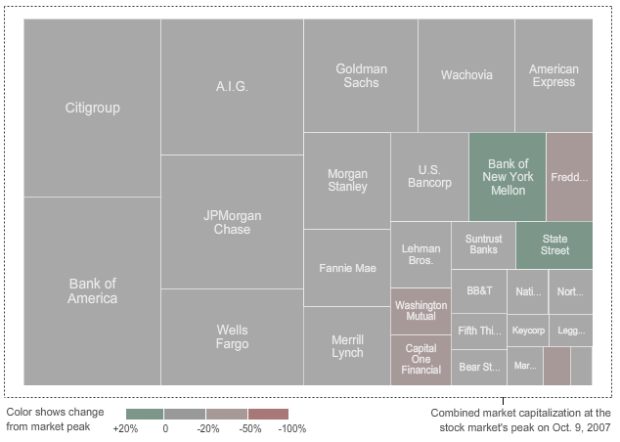

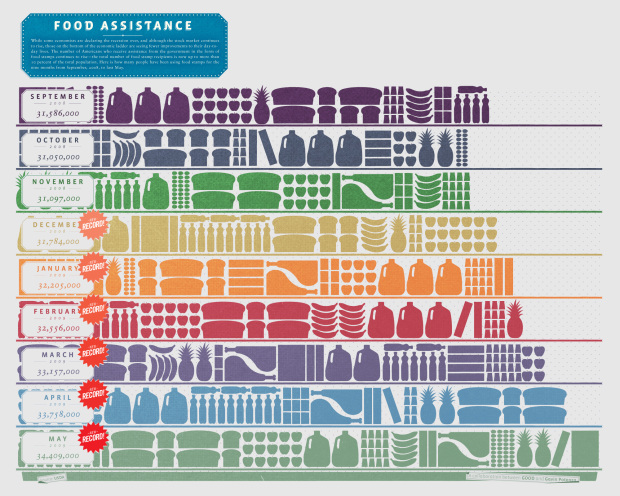

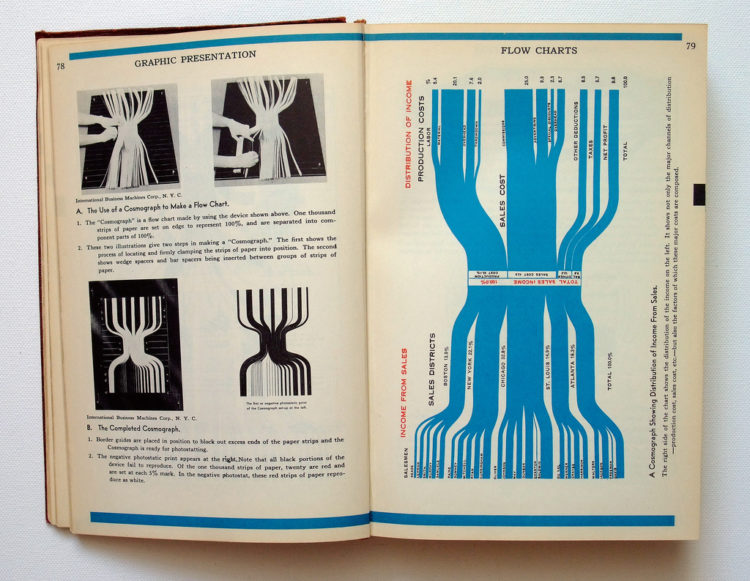
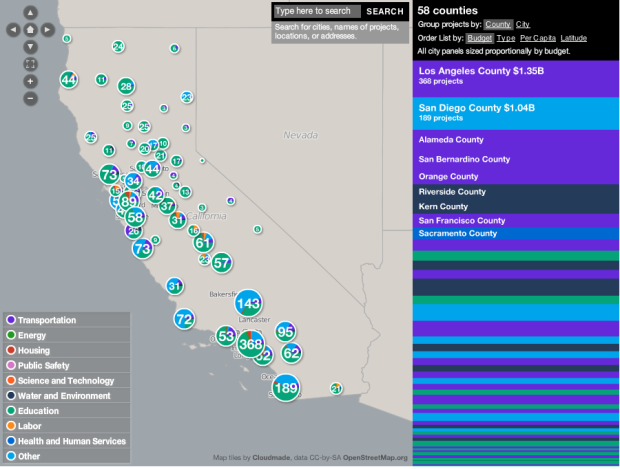
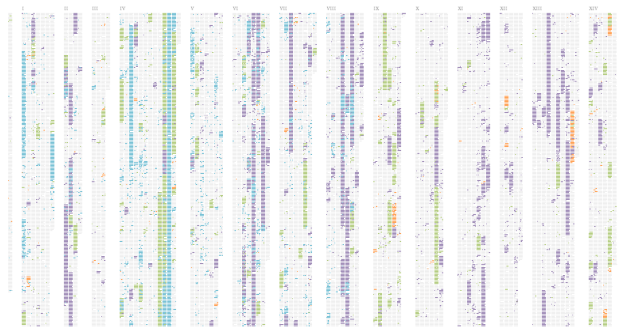
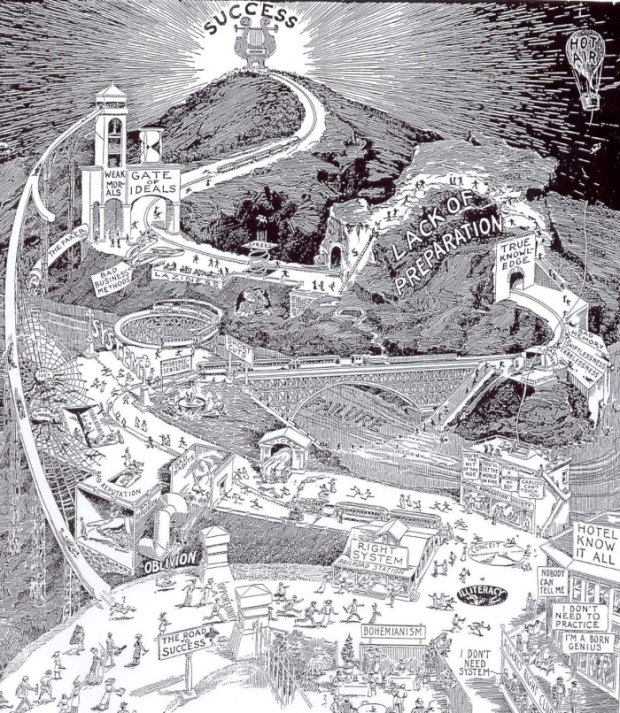
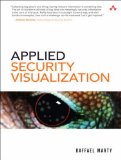

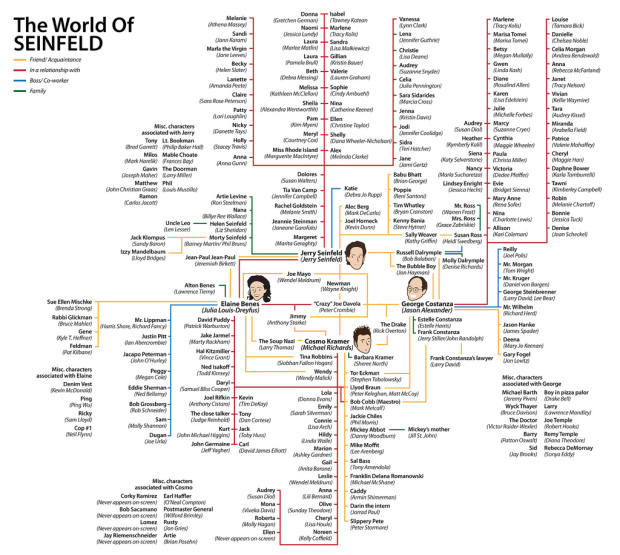

 Visualize This: The FlowingData Guide to Design, Visualization, and Statistics (2nd Edition)
Visualize This: The FlowingData Guide to Design, Visualization, and Statistics (2nd Edition)





